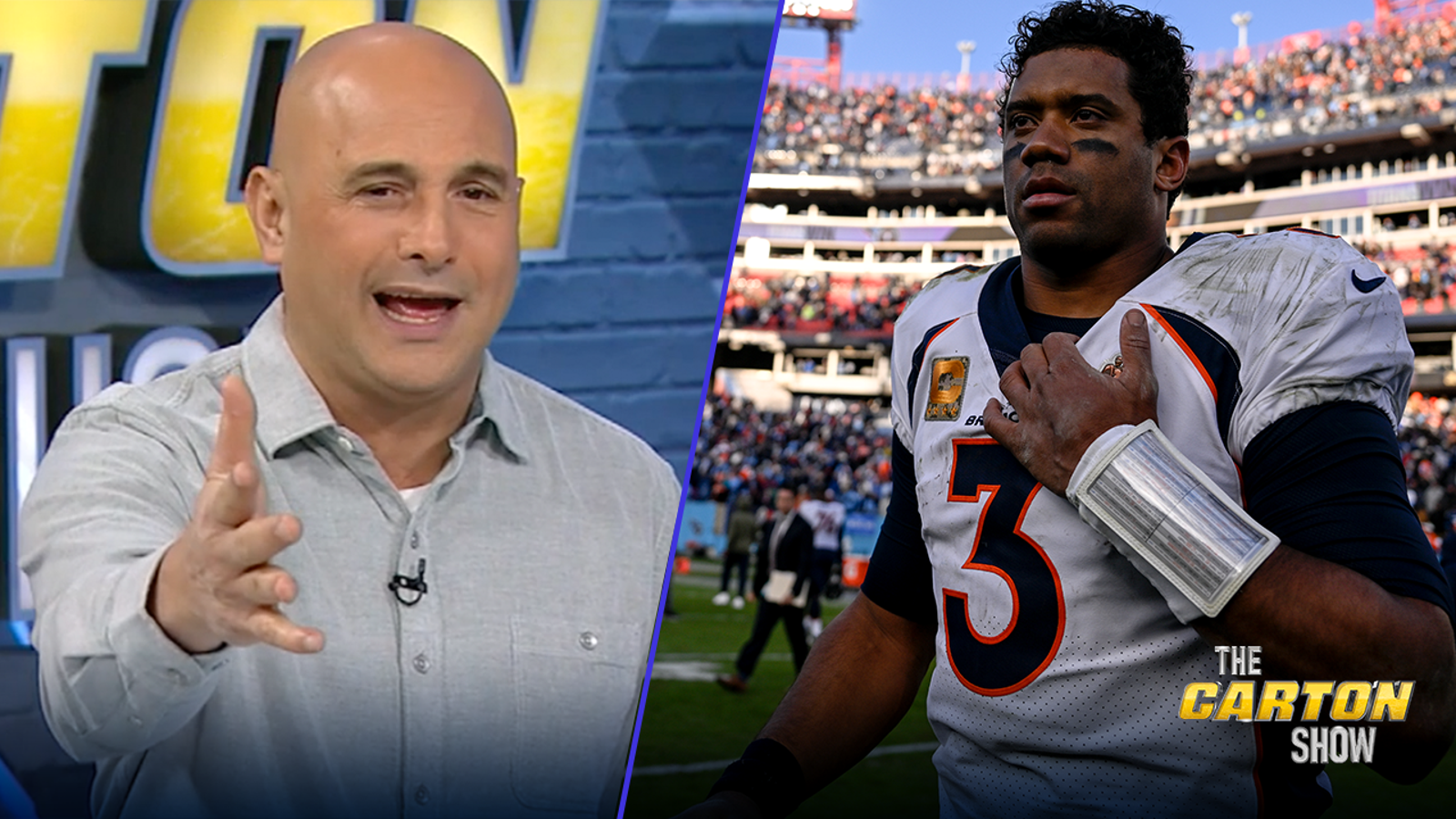Russell Wilson has himself to blame; Why so many NFL games have been close


Broncos QB Russell Wilson was hit 17 times on Sunday. If you think that sounds like a lot, you’re right. It’s the most for any QB in a game this year. But not just this year.
No QB has taken more hits since Charlie Frye of the Browns and Steve McNair of the Ravens played on September 24, 2006. In that game, Frye took 19 QB hits and McNair took 18.
Keep in mind that the Titans were missing their best defensive player, Jeffery Simmons, on Sunday — as well as critical defensive players at the other two levels.
When we talk about a quarterback being hit 17 times, you likely would jump to blame the offensive line. I’m not going to do that. Why?
- The NFL’s average time to throw this season is 2.6 seconds.
- Russell Wilson took three hits and was not sacked when he threw the ball in 2.6 seconds or less.
- But when Wilson held the ball forn longer than the NFL average time to throw, he took 14 hits and six sacks.
There were an absurd seven dropbacks on which he held onto the ball for over five seconds. And he was hit on six of the other seven. It was as if he was waiting until he was about to be hit before he threw the ball inaccurately at the last second.
On plays when Wilson held onto the ball for 3.5 seconds or longer, which he did on a ridiculous 18 dropbacks, he averaged -0.83 EPA/attempt, 11% success, 2.2 YPA and 36% completions (5-of-14). He took four sacks.
This is inexcusable. There is no way his receivers aren’t viable early targets on that many dropbacks. And it’s not as if the results of such plays were good. It’s hard to rationalize the fact that zero adjustments were made — whether by Russ mentally or by the team’s coaches — to get the ball out more quickly based on how the defense was playing Denver.
Russell Wilson is one of the biggest losers of Week 10
Craig Carton takes a look at some of the biggest duds from Sunday’s slate of NFL games. Carton talks to Nick Mangold and James Jones about why Russell Wilson is having a rough season after the Denver Broncos suffer yet another one-score loss, this time against the Tennessee Titans.
The Browns’ missed opportunity
In many cases, we approach games with the assumption of rational coaching when we try to anticipate their outcomes.
The Miami Dolphins had the NFL’s No. 7 run defense. They ranked 31st vs. the pass, despite playing the ninth-easiest schedule of passing offenses headed into this game.
And yet the Cleveland Browns ran the ball on 50% of their first-half first downs.
These runs generated -0.37 EPA (expected points added) per attempt, a 17% success rate and 1.8 YPC.
Meanwhile, passes on these downs gained +0.59 EPA/attempt, 60% success and 11.3 YPA.
- All early-down passes in the first half produced 8.3 YPA and +0.17 EPA/att.
- All early-down running back runs in the first half produced 2.8 YPC and -0.70 EPA/carry.
And yet the Browns passed the ball at just a 57% clip.
It’s not as if the Dolphins run defense ranked seventh against the run but was bad of late. In Week 9, they held the Bears running backs to -0.29 EPA/attempt and 2.9 YPC on early down runs.
It’s not as if the Browns, even if they missed this in two weeks of prep, couldn’t have seen it a few plays into the game.
On early downs in the Browns’ first two drives of the game, here were the results:
- QB passes: +0.16 EPA/attempt, 9.5 YPA, 1 TD, 83% completions on 6 attempts
- RB rushes: -1.07 EPA/attempt, 2.8 YPC, 1 fumble lost on 5 carries
This is nearly an even split and the results weren’t even close. The Browns not pivoting strongly to pass the ball cost them the game.
We assumed (incorrectly) that the Browns would realize their path to win, in this singular game, was to pass the ball more and run much, much less. They didn’t enter with that gameplan.
We assumed (incorrectly) that a staff which saw the results of the first two drives would pivot strongly to relying more on the pass for early efficiency. They continued to stick with far too high rates of rushing.
The highly competitive 2022 season
Through Week 10, we’ve seen 87 games decided by one score. We haven’t seen more than that since at least 1990, which is as far back as the database I was reviewing went. Last year featured 69. We’re nearly 20 games more than that this year.
No lead is safe.
We’ve seen 33 games this year where a team that trailed entering the fourth quarter won the game. The last time we saw more than that was 1989. In the last five years, we were at 17, 18, 23, 25 and 23.
Teams that are leading absolutely must continue to push themselves late in games in order to ensure victory. We’re seeing far too many teams with a lead get conservative in the second half.
This year, teams that are leading at halftime are averaging just 9.4 points scored in the second half.
In the first 10 weeks last year, that number was 12.4.
Look at the history of second half-points per game over the last 10 years prior to this season when a team leads at halftime:
2022: 9.4
2021: 12.4
2020: 11.4
2019: 11.2
2018: 11.4
2017: 11.3
2016: 10.9
2015: 10.8
2014: 11.6
2013: 10.9
2012: 11.8
We haven’t seen anything close to this. One of the biggest reasons we are seeing more games decided by one score than ever before (and more games with blown leads than ever before) is because teams with the lead are playing far too conservatively.
Hopefully, teams figure this out before it’s too late.
Warren Sharp is an NFL analyst for FOX Sports. He is the founder of Sharp Football Analysis and has worked as a consultant for league franchises while also previously contributing to ESPN and The Ringer, among other outlets. He studied engineering before using his statistical acumen to create predictive football models. You can follow Warren on Twitter at @SharpFootball.

Get more from National Football League Follow your favorites to get information about games, news and more







